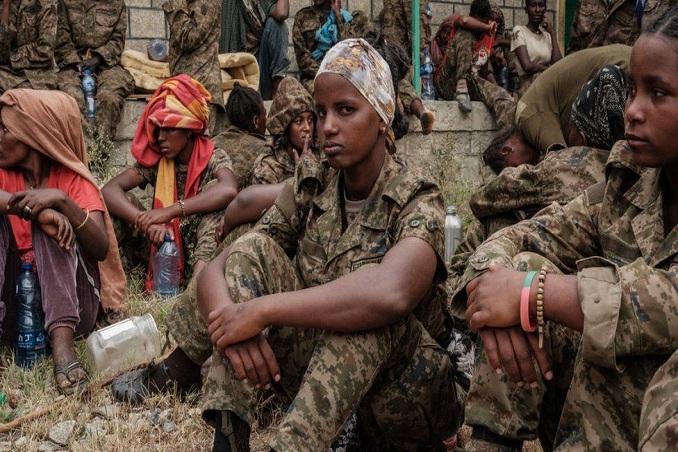Last updated on September 11th, 2021 at 10:30 am
Local Ethiopian officials claimed on Wednesday that Tigray forces have killed over 120 civilians in recent days as a result of battlefield losses, in what would be one of the deadliest massacres of Ethiopia’s 10-month war.
Forces in Tigray have denied killing civilians. According to Sewunet Wubalem, the administrator for the Dabat district in Ethiopia’s northern Amhara region, 123 bodies have been recovered, with more expected. According to the head of the North Gondar Health Bureau, the death toll could be as high as 200.
The Amhara regional government’s allegations were called “fabricated” by Tigray forces in a statement released on Wednesday. Getachew Reda, a spokesman for Tigray forces, told the Associated Press last month that Tigray forces are not targeting civilians in Ethiopia’s Amhara and Afar regions. However, even before the most recent killings, multiple witnesses claimed otherwise.
Related Posts
On Thursday, Dagnew Hune, a resident of Chenna Teklehaymanot village, showed the Associated Press what he claimed were new graves of civilians killed. “59 people have been buried, six of whom are priests,” Hune said, adding that about a hundred people remain unaccounted for. In recent weeks, the conflict in Ethiopia’s Tigray region has
spread to other areas, displacing tens of thousands of people.
The Tigray forces claim they are attempting to persuade the government to lift the near- complete blockade on food aid and other essential supplies to their region, which is facing famine with 400,000 people. Ethiopia’s government has urged all capable citizens to join the fight against Tigray forces, encouraging students and others to enroll in basic military training. Many people in the Amhara region have responded by taking up arms and forming the FANO armed militia.
Humanitarian organizations have accused it of orchestrating Tigrayan massacres. The UN, the US, and others are calling for an immediate cease-fire and a path to peace talks to end a war that has killed thousands of people in Africa’s second-most populous country.

